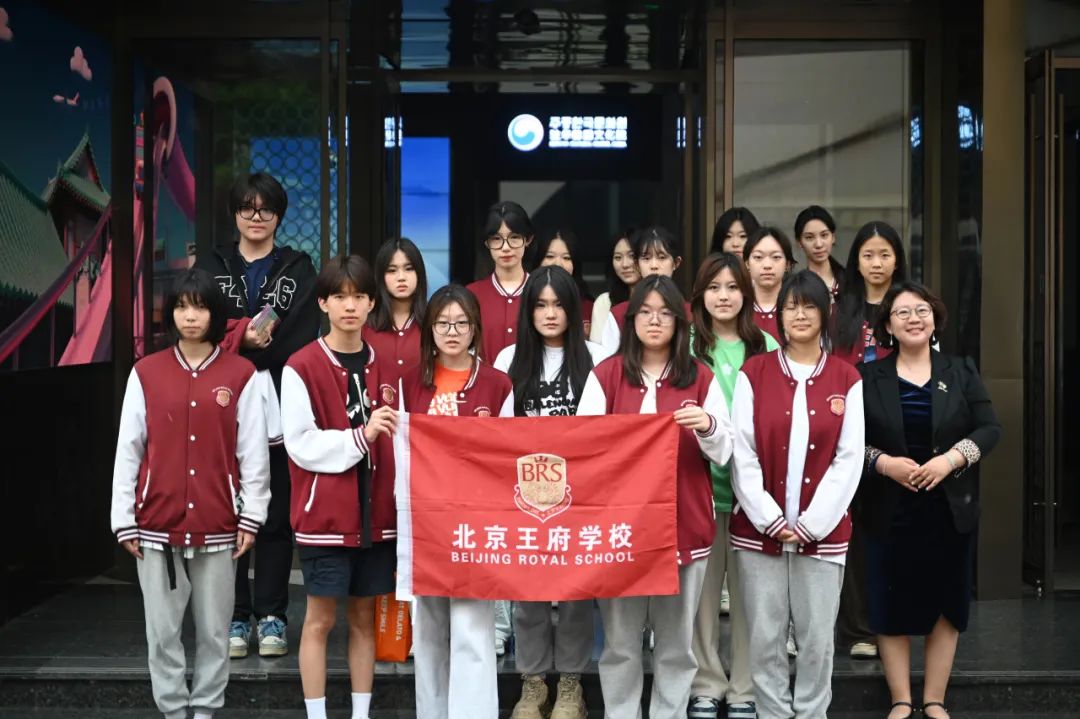2021-09-08


深度学习和深度工作
让它变得简单、真实
我们生活在一个日益动态提升和快速变化的世界中,这就要求我们在教学设计和课程实施方面保持深思熟虑和创新精神。深度工作和深度学习是相互独立的学习和成长方法,指导着我们在深圳威睿达思学校的大部分教学项目。

本周,我将向大家介绍深度工作在学校内外的价值和应用。下周,我将讨论深度学习,它虽与前者相关,但更关注的是在信息时代我们如何有效学习。
深度工作
深度工作是一种在较长时间内持续专注于具有挑战性任务的能力,这种方式能激发创造性思维并带来卓越成果。最终,深度工作就是关于怎么管理我们的时间和精力,高度专注产生出最高的价值的同时,还能体验到幸福感。《深度工作》(Deep Work)一书的作者卡尔•纽波特(Cal Newport)强调了深度工作的价值:“在我们的经济中,进行深度工作的能力正变得越来越稀有,同时它变得越来越有价值。 因此,只有少数人能够培养这种技能,并将其内化为工作生活之核心的人,将会取得成功。”

与大多数新概念一样,它的实践有着丰富的历史。几千年来,我们的祖先无论是作家、铁匠、艺术家还是工程师,只要他们在一段时间的专注努力,都会进入深度工作状态。由 Csikszentmihalyi 在 1970 年代闻名的心流理论的本质非常符合这种处于深度专注状态的描述。Csikszentmihalyi 非常重视这种状态的积极和愉悦的体验;然而,深度工作更多的是关于如何管理一个人的生活,有意识地、能定时地进入这种“心流”状态,不仅是为了有愉悦的体验,也是为了更加高远的目标。
我们通常每天只能在有限的时间内专注于深度工作,但通过实践和有针对性的训练,可以使我们的深度工作时间增长。最好根据个人情况和工作性质,计划出一天内一个或多个深度工作时间段,形成日常计划。对于高中生来说,是可以每天两到三次(每次一到三个小时)作为标准来设置这种深度沉浸的学习计划。一天的其余时间,再根据其他三种形式做合理规划。

在深圳威睿达思学校,我们将深度工作的实践融入到我们的规划和学习中。因此,一个全面的深度工作方法包括时间表设计和实施,其中涉及四种类型的学习状态:深度工作、轻松工作、休闲活动和休息时间。我们与每个学生深度沟通交流,一对一指导,个性化他们的深度学习和其他活动,以优化他们的精力和专注力。

每周计划将考虑每位学生适合的深度时间(以及在哪个领域)。每个学生都是不同的,学校鼓励他们在深度学习、轻松学习、休闲活动和休息时间之间的平衡。例如,一名致力于掌握一种乐器的学生可能希望每天花2个小时在该乐器上,2个小时用于学术自学,4-5节学术课程,其余时间仔细规划,以便充分参与休闲活动(体育、舞蹈等),轻松工作(线上和线下的社交、上网、看新闻、看视频等)和放松自我。


在一个越来越被分心和信息超载定义的世界里,深度工作是培养一种生活的答案,这种生活通过有纪律的专注带来满足和成功。我们的学生不仅可以更多地掌控自己的生活、时间和学习,而且能够以一种全新的、“深刻的”方式享受学习和成长的旅程。


Deep Work and Deep Learning
Making it Simple, Making it Real
We live in an increasingly dynamic and fast changing world which requires us to be thoughtful and innovative in our pedagogical design and course implementation. Deep Work and Deep Learning are separate but related approaches to learning and growing which guide much of our programming at VCA Shenzhen.

This week I present the value and application of Deep Work at our school and beyond. Next week I will address Deep Learning which, while related, is more concerned with how we learn effectively in the information age.
Deep Work
Deep Work is the practice of sustained focus on a challenging task for an extended period of time, in a way which stimulates creative thinking and efficient outcomes. Ultimately, the big picture of Deep Work is about how we manage our time, energy and focus for optimal results and happiness. The Deep Work hypothesis as stated by Cal Newport, author of Deep Work underscores its value: “The ability to perform deep work is becoming increasingly rare at exactly the same time it is becoming increasingly valuable in our economy. As a consequence, the few who cultivate this skill, and then make it the core of their working life, will thrive.”

Like most newly framed concepts, there is a wealth of history for its practice. For thousands of years, our ancestors whether writers, blacksmiths, artists, or engineers, have been engaging in deep work whenever they channeled their efforts over a period of time. The essence of flow theory, made famous by Csikszentmihalyi in the 1970s, is very much in line with this concept of being in a deep state of focus. Csikszentmihalyi put great emphasis on the positive and pleasurable experience of this state; however, Deep Work is more about organizing one’s life and learning to achieve such “flow” states intentionally and regularly, not only for pleasure but also for high impact.
We are typically only able to engage in focused deep work for a limited amount of time each day, but with practice and discipline, we can train ourselves for longer durations. Depending on the individual and nature of work, it is best to establish a routine of daily deep work for one or more sessions. For high school students, two or three sessions per day (one to three hours each) can serve as a general standard for this deep immersion. The rest of the day should be planned out with suitable doses of the remaining three forms of engagement.

At VCA SZ we bring the practice of Deep Work into our planning and learning. A comprehensive Deep Work approach thus involves planning and implementing a schedule which involves four types of engagement: deep work; light work; leisure activities; and chill-out time. We work closely with each student to individualize their Deep Work and other activities to optimize their energy and focus. A key to success of this process is to ensure that students find the areas of interest and passion (both academically and non-academically) where they are prime for deep work and flow.

Weekly planning will consider how many hours (and in what area) of deep work is suitable for the students. Every student is different and is encouraged to increasingly manage their own balance of deep work, light work, intentional leisure and chilling. For example, one student who is committed to mastery with a musical instrument may want to dedicate 2 hours/day on that instrument, with 2 hours dedicated to academic self-study, 4-5 academic class periods, and the rest carefully planned to allow adequate involvement in leisure activities (sports, dance, etc.), light work (socializing on and off-line, web surfing, reading the news, watching videos, etc.) and just chilling out.


In a world increasingly defined by distraction and information overload, Deep Work is the answer to cultivating a life which brings satisfaction and success through disciplined focus. Our students will not only have more control of their life, time and studies, but enjoy the journey of learning and growing in a new way, in a “deep” way.


声明:本文内容为国际教育号作者发布,不代表国际教育网的观点和立场,本平台仅提供信息存储服务。
全国500所国际学校大全 / 3分钟匹配5-8所 / 1年名校升学备考托管服务




